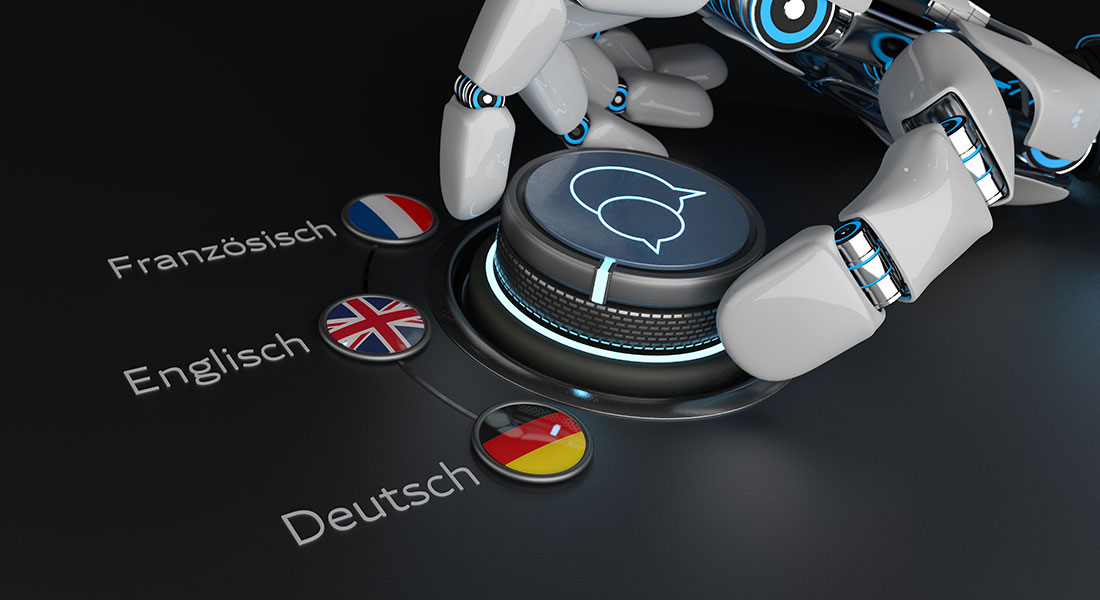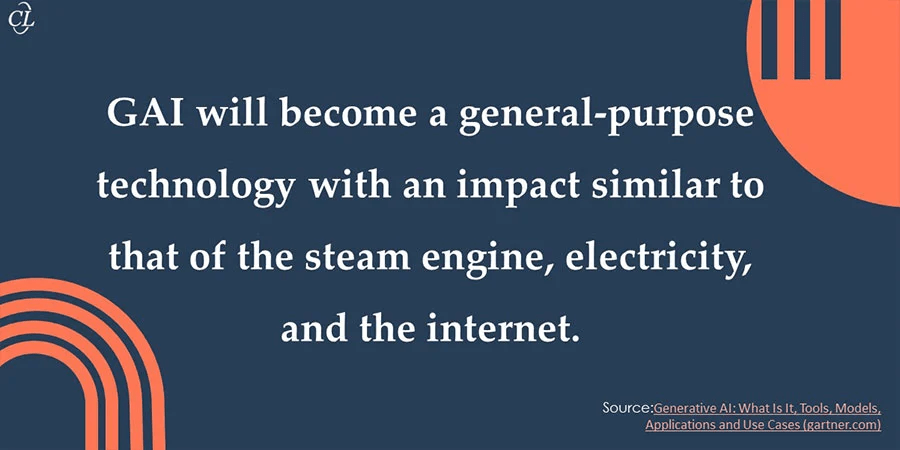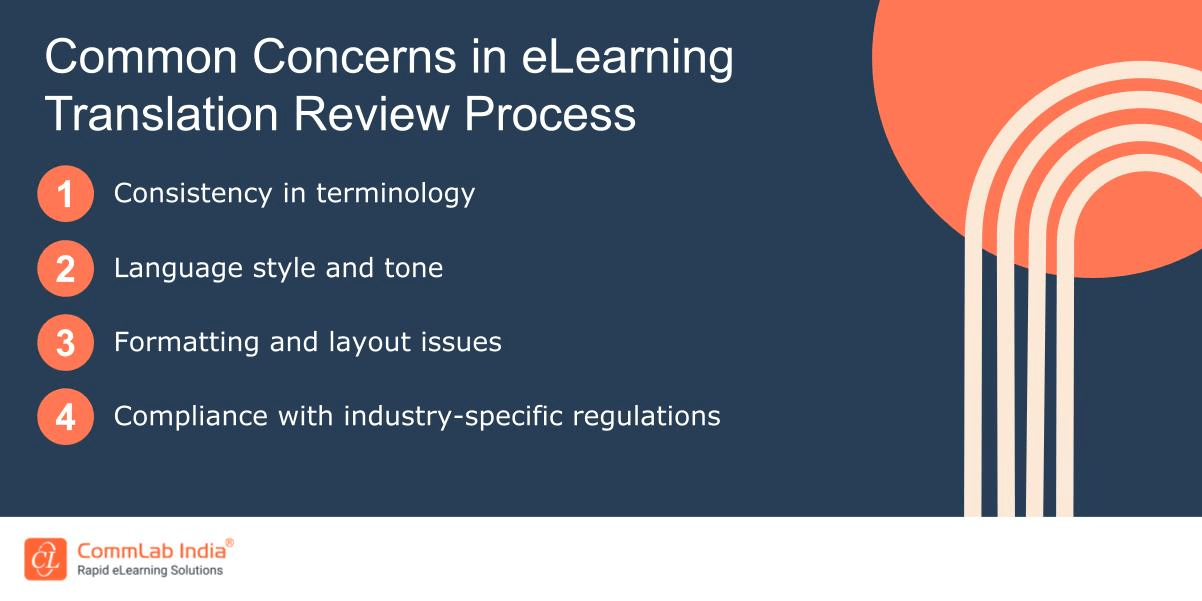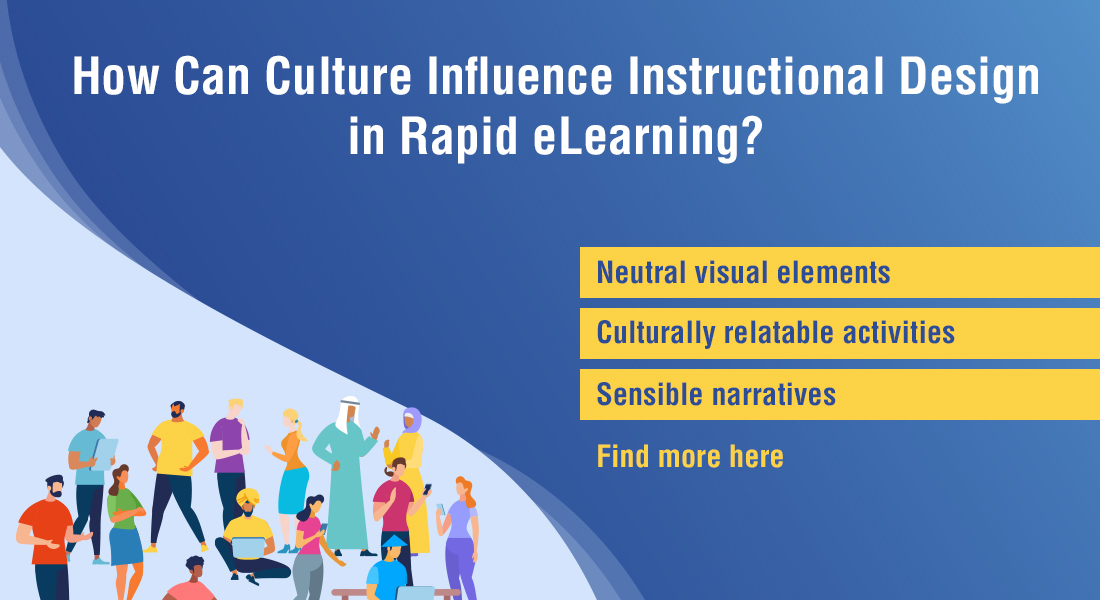7 Things You Must Know About Generative AI-Based eLearning Translations

The world of training is undergoing a revolution, and at the forefront of this change is artificial intelligence (AI). Generative AI, a subfield of AI focused on creating new content, is making waves in the eLearning industry, particularly in the realm of translation. By leveraging sophisticated algorithms and machine learning, generative AI offers a powerful solution for breaking down language barriers and making eLearning content accessible to a global audience. In this blog, we'll delve into seven key aspects you need to know about generative AI-based eLearning translations.
Interested About Generative AI-Based eLearning Translations?
Here are a few things you must consider -
- Power of Accessibility
- Need for Human Review
- Cost and Time Savings
- Emerging Trends and Innovations
7 Things You Must Know About Generative AI-Based eLearning Translations
1. Unleashing the Power of Accessibility
One of the most significant advantages of generative AI in eLearning translations is its ability to democratize access to knowledge. Traditionally, translating eLearning content has been a time-consuming and expensive process. Human translators require significant expertise in both the source and target languages, as well as a deep understanding of the subject matter. This often limits the availability of translated content, particularly for lesser-spoken languages.
Generative AI tackles this challenge head-on. AI models can be trained on vast amounts of multilingual data, enabling them to translate content with surprising accuracy and efficiency. This opens doors for organizations to offer their eLearning courses in a wider range of languages, reaching a global audience and fostering a more inclusive learning environment.

2. Beyond Simple Translation: Localization for Cultural Nuance
Effective eLearning goes beyond simply translating words. It's about creating a localized experience that resonates with learners from different cultural backgrounds. Generative AI, while adept at language translation, can be further fine-tuned to account for cultural nuances.
Here's how:
- Terminology Management: AI can be trained on specialized glossaries and domain-specific terminology to ensure translated content accurately reflects the intended meaning.
→ Download eBook Now: Power of AI in eLearning Translations
- Culturally Appropriate Examples: Training materials often rely on examples and case studies. Generative AI can be instructed to generate culturally relevant examples that resonate better with the target audience.
- Visual and Audio Cues: AI can analyze visuals and audio elements within the eLearning course, flagging them for potential cultural insensitivity. This allows for adjustments, such as replacing inappropriate imagery or adapting audio pronunciation for better cultural understanding.
3. The Human Touch: The Ongoing Need for Human Review
While generative AI offers impressive capabilities, it's crucial to remember that it's still under development. While AI-generated translations can be surprisingly accurate, they may not always capture the full context or subtle nuances of human language. Here are a few concerns regarding the eLearning translation review process.

Here's where human expertise remains vital:
- Quality Assurance: Human reviewers play a critical role in ensuring the translated content is grammatically correct, conveys the intended meaning accurately, and maintains the overall flow and style of the original material.
- Subject Matter Expertise: Human subject matter experts can review the translated content and ensure it accurately reflects the learning objectives and avoids any potential technical or factual errors.
A successful generative AI-based translation workflow should involve a collaborative approach, leveraging the strengths of both AI and human intelligence.
4. Embracing Efficiency: Cost and Time Savings
The traditional process of translating eLearning content can be a significant cost burden. Hiring human translators, managing revisions, and ensuring quality control all contribute to a hefty price tag. Generative AI offers a more cost-effective solution. AI models can translate vast amounts of content in a fraction of the time it takes a human translator. This translates to significant cost savings, allowing organizations to invest more resources into developing high-quality eLearning experiences.
5. Keeping Up with the Speed of Learning: Continuous Updates and Personalization
The world of knowledge is constantly evolving. eLearning content needs to be updated regularly to reflect the latest advancements and industry trends. Generative AI can streamline this process by facilitating the translation of updated content quickly and efficiently. Additionally, AI can be used to personalize the learning experience. By analyzing user data and learning preferences, AI can generate translations that cater to individual learning styles and needs. This personalization can lead to a more engaging and effective learning experience for all.
Here’s a short video to help you understand more about how generative AI can enhance your eLearning design.
6. Addressing the Ethical Considerations of AI in Training
As with any powerful technology, generative AI in eLearning translations raises ethical considerations that need to be addressed:
- Bias in AI Models: AI models are trained on vast datasets of text and code. These datasets can inadvertently reflect human biases, which can then be perpetuated in the translations generated by the AI. It's crucial to carefully curate training data and monitor AI outputs for potential bias.
- Data Privacy: eLearning platforms often collect a significant amount of user data. When using AI for translation, organizations must ensure user data is anonymized and protected in accordance with data privacy regulations.
7. The Future is Bright: Emerging Trends and Innovations
Generative AI-based eLearning translation is a field ablaze with innovation. Here are some exciting trends to keep an eye on -
- Real-Time Translation: AI systems are rapidly reaching a level of sophistication where they can provide real-time translations, breaking down language barriers in live virtual classrooms, webinars, and global collaborative learning sessions. This advancement offers exciting opportunities for cross-cultural communication and knowledge exchange.
- Multilingual Content Creation: Generative AI can go beyond translating existing learning materials. AI models can be used to generate entirely new training content in multiple languages. This can expedite the development of multilingual courses and open doors for global collaboration in content creation.
- Synthetic Media: The rise of synthetic media generated by AI, such as deepfakes, has generated both excitement and caution. For eLearning, the possibility of creating personalized, AI-generated video lectures and demonstrations tailored to the learners' needs is intriguing. Such an approach holds immense potential but must be used ethically, ensuring learners are aware of the synthetic nature of the materials.
Wrapping Up!
Generative AI-based eLearning translations offer immense potential to transform the training landscape. By expanding access, adapting nuance, enhancing personalization, and streamlining updates, this technology can break down language barriers and create a truly global learning experience. Here’s a comprehensive eBook to help you understand more about how generative AI or AI in general can help with eLearning translations.




![How to Engage New Hires During Compliance Training? [Revealed]](https://blog.commlabindia.com/hubfs/blogs/compliance-training-training-new-employees-engagement.jpg)
